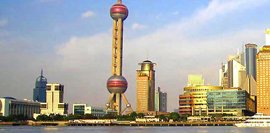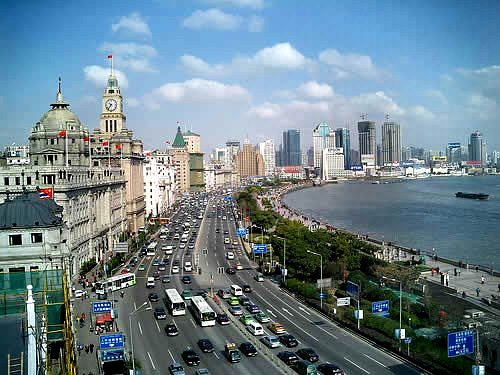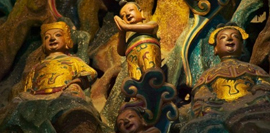A brief history
Longhua temple was first build in 242 AD (the Three Kingdoms Period). The legend said, the King of the Kingdom of Wu, named Sun Quan had obtained Sharira relics, which are cremated remains of the Buddha. To house these precious relics, the king ordered the construction of 13 pagodas. Longhua Pagoda (Longhua Ta), part of the Longhua temple complex, is said to have been one of them. The name of the temple also has its origin in a local legend which said that a dragon once appeared on the site.
In 977 AD (the end of the Tang Dynasty), the temple was destroyed by war, It was rebuilt during the Northern Song Dynasty. (According to another version of the story, as contained in Song and Yuan Dynasty local histories, the temple was first built by the King of Wuyue in the early Song dynasty.) Later in the Song Dynasty, in 1064, it was renamed Kong Xiang Temple, but the original name Longhua Temple was restored in the Ming Dynasty during the reign of the Wanli.

The present architectural design was base on the Song Dynasty original. However, whereas the core of the present Longhua Pagoda survives from that period, most buildings in the temple proper were rebuilt during the reigns of the Tongzhi Emperor and the Guangxu Emperor of Qing Dynasty.
Longhua Temple was originally surrounded by extensive gardens and orchards. Viewing of the peach blossom in the Longhua gardens was an annual attraction. These gardens have since been entirely absorbed into the neighbouring Longhua Martyrs Cemetery and have been extensively reconstructed in a contemporary monumental style.






